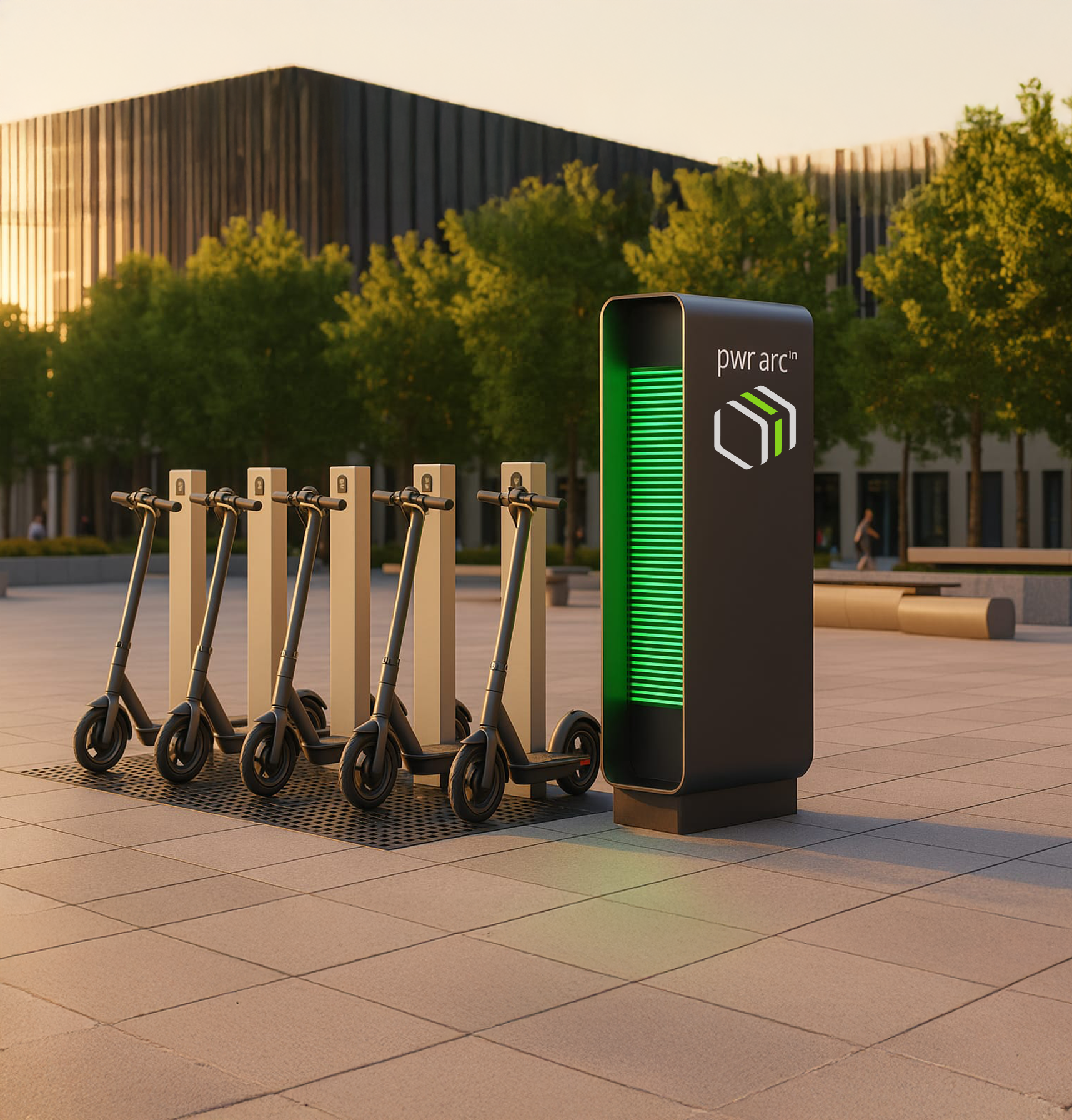From Q-BOX to PWR-ARC
From Q-BOX™ to PWR-ARC™ What began as a single charging innovation is now becoming a civic infrastructure revolution. HerculE-Q’s Q-BOX™ laid the foundation, and together with Helixis Technology, that spark is scaling into PWR-ARC™ — the world’s first trust-governed wireless energy grid.
1. Q-BOX™: The Breakthrough A static wireless charging pad proving seamless, safe, and efficient energy transfer for micromobility and autonomous systems.
2. ATI Integration: The Leap Helixis’ Autonomous Trust Infrastructure transforms isolated devices into a connected, governed network — where policy, consent, and auditability are built in.
3. PWR-ARC™: The Grid Scaling Q-BOX™ into corridors and communities, PWR-ARC™ powers autonomy with equity, oversight, and resilience — ensuring machines serve people, not the other way around.

